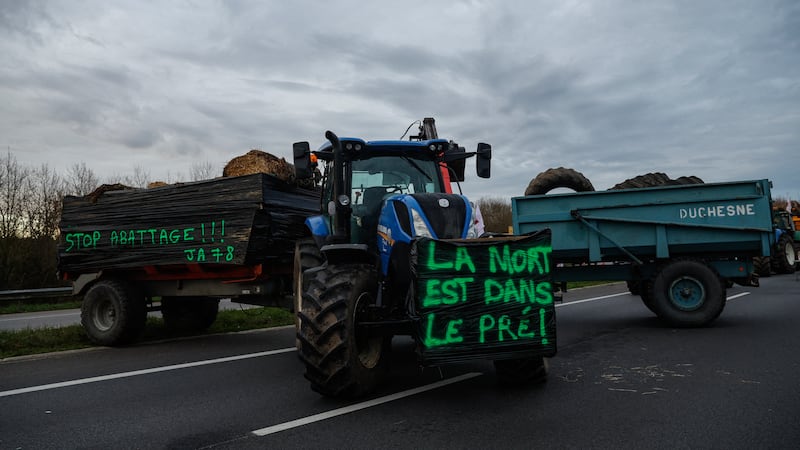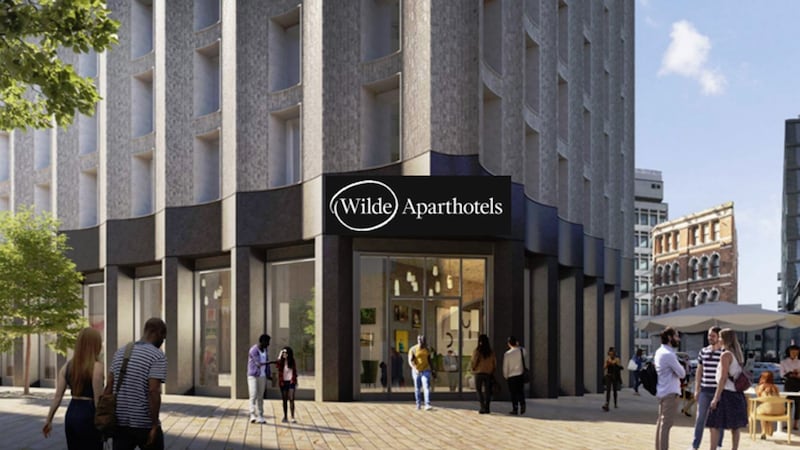Future State-funded building such as roads, schools and hospitals must use low-carbon concrete under new rules which came into force on September 1st.
Concrete will be a key building material as the Republic spends billions of euro modernising its infrastructure but it is already responsible for 5 per cent of greenhouse gas emissions, mostly because of the type of cement used in its manufacture.
New rules issued by the Department of Enterprise, Trade and Employment demand that all government or State agency-funded building projects designed from the start of this month must use low-carbon concrete.
The rules bar the use of cement with the highest emissions, called Cem-1, and are legally binding, according to Susan McGarry, director of public affairs and sustainability with manufacturer Ecocem. She called the new rules “a monumental step forward” for government departments and other bodies, and predicted they would aid construction in cutting emissions.
RM Block
Ms McGarry explained that they would apply to organisations including the Land Development Agency, Transport Infrastructure Ireland and the HSE.
According to a department spokeswoman, the rules, known as the public sector mandate, do not cover State companies such as the ESB or Bord na Móna. However, she added that many of those organisations were already cutting,or planning to cut carbon in their construction projects and building materials.
She said the Republic uses around three million tonnes of cement a year out of the five million it manufactures. Production is likely to grow 40 per cent up to 2030, much of it driven by demand from government-procured infrastructure.
Low-carbon cement manufacturers such as Ecocem mostly favour the use of ground granulated blast-furnace slag, a byproduct of steel milling, as a binding agent. High-carbon cement production uses clinker for this purpose. The department’s mandate demands that concrete used in public projects replaces at least 30 per cent of the clinker with a low-carbon alternative.
“A lot of private sector projects are already way beyond 30 per cent,” Ms McGarry said. “Some of them are up at 50 per cent and 70 per cent clinker reduction.”
She said the State is the biggest player in the market so the new rules should not only cut carbon but send a message to the wider building industry that the Republic needs to speed up the rate at which it is reducing emissions.
Ms McGarry believes the cement industry will be able to meet growing demand for low-carbon alternatives, particularly as the private sector is already switching to these products.
Ecocem is the Irish market leader and also supplies low-carbon cement from factories in France and the Netherlands. Projects to which it has supplied the material include the Aviva Stadium and for construction in Fr Collins Park in Dublin.
While the industry here is adapting Ms McGarry said it will have to innovate more to meet increased challenges as the push to cut carbon-dioxide emissions and curb climate change continues.
The new rules are based on the findings of a report, Reducing Embodied Carbon in Cement and Concrete Through Public Procurement in Ireland, produced by consultants RPS Group with accountants EY and RKD Architects.
- Sign up for Business push alerts and have the best news, analysis and comment delivered directly to your phone
- Join The Irish Times on WhatsApp and stay up to date
- Our Inside Business podcast is published weekly – Find the latest episode here




















